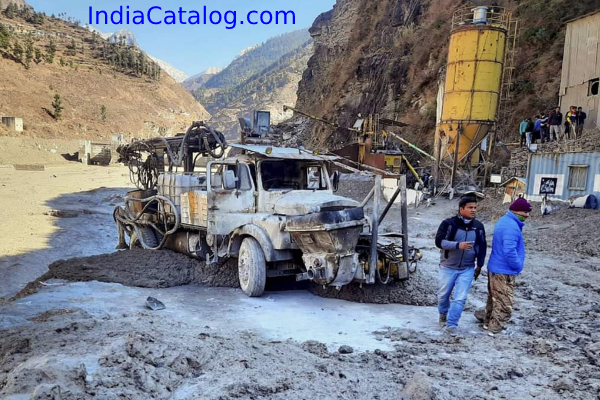ONGC: Resolve subsidy issue before sale
.jpg)
State-owned petroleum explorer Oil and Natural Gas Corporation (ONGC) has cautioned the government the proposed five per cent stake sale in the company might not generate investor interest unless key issues are resolved to enhance valuations.
In a recent letter to the oil ministry, the company flagged at least five such issues, sources said. These include sharing of oil marketing companies (OMCs)’ subsidy burden and the non-transparent methodology involved in computing this, the high cost of production in old fields, deferment of the decision to double gas prices and the ongoing review of the New Exploration and Licensing Policy.
“It is felt any disinvestment by the government at this stage may not realise the true potential or value of ONGC’s shares. It is recommended the disinvestment be done after resolution of all or some of these issues, as feasible,” the company said in the letter.
A senior ONGC executive denied any official communication with the ministry over the matter, but said Director (finance) A K Banerjee had, at a recent meeting, discussed the concern over gas pricing with the government.
The government wants to offload 427 million shares, or five per cent of its stake, in ONGC; at current prices, this stake is worth Rs 17,400 crore. The first disinvestment by the new government is also being seen as the first test of Prime Minister Narendra Modi’s ability to contain the country’s fiscal deficit at 4.1 per cent of gross domestic product, as promised in Budget 2014-15.
The government owns 69 per cent stake in ONGC, India’s biggest energy explorer and its second-largest company by market value.
To insulate consumers from the full impact of high international crude oil prices, the government controls the retail selling prices of diesel, kerosene and liquefied petroleum gas. This leads to underrecoveries for OMCs, partly compensated by upstream companies, including ONGC, Oil India Ltd and GAIL.
The overall petroleum subsidy jumped from Rs 138,000 crore in 2011-12 to Rs 161,000 crore in 2012-13, before falling to Rs 139,000 crore in 2013-14. However, ONGC’s share of the underrecoveries has increased 27 per cent — from Rs 44,466 crore in 2011-12 to Rs 56,384 crore in 2013-14, taking a toll on price realisations from nominated fields. “In 2013-14, ONGC’s net retention crude price was only $41 a barrel. The company has been requesting the ministry to review the existing subsidy-sharing mechanism to ensure a realisation of at least $65 a barrel to generate sufficient cash,” the company said.
It added its shareholders and board of directors, including independent directors, had raised concern over the current “non-transparent” and “uncertain” mechanism of subsidy-sharing. The company also wants the government to arrive at a disinvestment strategy that takes into account ONGC’s plan to tap the market through an initial public offering.
The ONGC group’s balance sheet has debt of Rs 45,000 crore. It wants to invest Rs 86,000 crore by 2018.
For the stake sale, the Department of Disinvestment under the finance ministry had, on Wednesday, invited proposals for engagement of merchant bankers. The stake sale will be through the offer-for-sale route in the domestic market. ONGC produces about 70 per cent of India’s crude oil and natural gas. For the quarter ended March, the company’s net profit surged 44.3 per cent to Rs 4,889 crore on a 2.4 per cent decline in net sales at Rs 20,880 crore.
On Thursday, the ONGC stock closed at Rs 413.5 on BSE, down 0.6 per cent.

.webp)
.webp)
.webp)
.webp)
.webp)
.webp)
.webp)
.webp)
.webp)
.webp)













